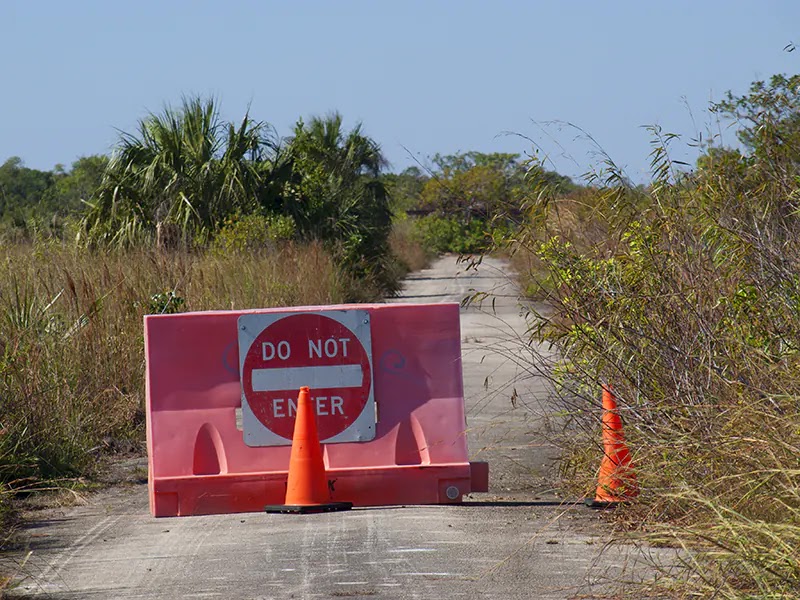Tales of a Christian missionary in the West Coast of Africa
 |
| Fang traders with ivory - Photo from "The Fetish Folk of West Africa". |
Robert H. Milligan wrote two books about his seven years as missionary in the West Coast of Africa. The adventure happened by the last decade of the 19th century.
The first book was The Jungle Folk of Africa published in 1908. Soon after, he published The Fetish Folk of West Africa - in 1912. Both books overlap in their narrative but reveal interesting accounts of the life in Africa illustrated by some photos.
The Jungle Folk of Africa was well-received by the newspapers of the time. The New York Times wrote,
A book that is remarkable for its vitality, picturesqueness, candor and literary quality. Mr. Milligan saw a lot during his seven African years.
While The Chicago Tribune said,
A personal narrative, most realistic, most truthful, most fascinating—the author knows extremely well what he is writing about.
The job of bringing Christianity to West Africa was dangerous. In the words of Robert H. Milligan, “Missionaries die like flies”. The African natives called this region "the white man’s grave". The main menace was illness because lethal fevers guarded this land. Milligan got sick in various occasions and was very lucky to survive.
His missionary work began under Adolphus Clemens Good. This Presbyterian missionary worked with the Fang tribes for twelve years. He died from blackwater fever in 1894 - this is a complication from a malaria infection.
Robert H. Milligan paints the Africans in a good light if we consider the context of the times. Besides the texts from Livingston, Richard Burton, and a few other explorers, soldiers, and missionaries, there was not much knowledge on the African tribes of the interior. This author, visiting and living among them, helps to fill gaps and add color to the African way of life from the perspective of a white outsider.
Milligan traveled the coast of West Africa from Cameroon to Angola, going deep inland in some parts. He went through the areas where Du Chaillu hunted gorillas and got information for his famous books - Explorations & Adventures in Equatorial Africa, A Journey to Ashango Land, Stories of the Gorilla Country, King Mombo, In African Forest and Jungle, Lost in the Jungle, and many others.
European seamen talked about the coast of West Africa since the Middle Ages. They saw this area as a mysterious and dreadful land. Some went as far as to put there a gate to hell because of the strange coastal fires that made red the night skies. Milligan says that the fires were just the seasonal grass burnings done by the natives.
Milligan interacted mostly with the Mpongwe of the coast of Gabon and the wilder Fang people from the interior. His trips to Luanda and Benguela in Angola were also interesting.
These are some notes from Robert H. Milligan's books.
- There was a saying in West Africa about England ruling the colonies for commerce, France for revenue, and Spain for plunder.
- The Africans saw the Portuguese as the worse colonial power.
- Malaria was a huge problem and killed many whites. The natives were partially immune to the fever. Milligan writes that the missionaries applied kerosene on their skin for mosquito protection - deodorized kerosene is an ingredient in mosquito repellents but it needs a repellent agent to be effective. Quinine was used to prevent and treat malaria, but Milligan thought that it was ineffective in many cases - quinine is still used as a treatment for malaria. He mentions that blacks returning free from slavery in America lost their resistance to malaria. He observed that in the interior of Africa there were less illnesses than in the coastal areas.
- The Mpongwe people lived close to the coast. They saw the interior Fang as savage cannibals of the bush. Feeling superior, they didn't allow their tribe women to marry the Fang. Milligan comments that the cannibalism of the Fang didn't compare to the one found among the Congo tribes. He mentions the Basoko people from the Congo as a tribe that even ate their dead relatives - John H. Weeks wrote about what he learned with the Boloki or Bangala (the Mongo People) in the book Among Congo Cannibals.
- The Fang had lighter skin than the coastal tribes. In the interior, they often were naked. The Fang had slaves, but Milligan thought that their slavery was less cruel compared to what he saw in America. The slaves came from debts or people stolen from other tribes. The Fang didn't like milk, neither ate eggs. The wealth of a man was shown by the number of wives. Women were tasked with any transportation of heavy loads. According to Milligan, Polygamy was the greatest obstacle to the introduction of Christianity. He points that the Africans saw the kissing of the whites as something weird. They saw it as an "exchange of saliva". Milligan noted that, in general, Africans love music and dance using "the whole body" at the rhythm of their tom-tom drums.
- An albino was an abhorrence for the natives. There was also a superstitious custom of killing baby twins and sometimes their mother. They also saw witchcraft as the cause of most deaths. Wives suspected of witchcraft were buried alive with their dead husband. The Calabar bean was used as ordeal poison to define guilt or innocence.
- Premature burials were pretty common. Most were caused by people mistaken for dead after falling in religious trance. Bodies were frequently exhumed to obtain brains and skulls for religious purposes. Milligan learned that in older times people were sacrificed each year to the crocodiles of the Niger River. He saw the crocodile as "...the ugliest beast in the world." He also learned about secret tribal organizations such as the Gorilla or the Leopard Society. Some tribes believed that the rainbow was a snake. Python snakes were worshipped in the Kingdom of Dahomey. There are interesting accounts from John Duncan in the book, Travels in Western Africa in 1845 & 1846 about their snake houses. The Bible was seen as a missionary’s fetish. Once, Milligan found a Bible boiled in a potion prepared in a village before going to war.
- War was a constant between the villages. War often began because of the stealing of a woman - this reminds of Homer's Troyan War.
- Milligan met the famous Fritz Ramseyer in Africa. This Swiss missionary was a captive of the Asante for some years. He also met Robert Hamill Nassau in Africa. In 1904, Nassau published Fetichism in West Africa. In this book there is an account of an event that appears in one of Milligan's books.
- The Kru people were used as crew of white ships since the times when slavery was legal. They used a tattoo mark on their faces to avoid being enslaved by mistake. The marking ran from the forehead to the tip of the nose. Later generations regarded it as a cultural body decoration.
- Milligan attacks Mary H. Kingsley and other enemies of the work of Christian missions in Africa. He says that she got all her facts from traders and not from direct experiences living with the natives. He also points that Americans had a romantic view of Africa that was far from reality.
- During his travel to the Portuguese colony of Angola, he saw the cruelty of the whites. Slavery still existed in that country and Milligan estimated that slaves were half of the population - Henry Nevinson investigated this topic at the time. There were many slave deaths in the caravans transporting them to the coast. He described St. Paul de Loanda as the only "real city" in the west coast of Africa. There, he found homes with red tiles, oil lamps in the streets, and one of the best harbors. Little more to the south, in the city of Benguela, he witnessed the Mardi Grass.
- In the Congo River, he travelled to Boma and saw the cruelty of the Congo Free State. He mentions the report of Roger Casement about the exploitation and abuse of the natives. In the hospital, he got info about the "sleeping sickness" that was causing many deaths in the region.
Africa left a profound impression in Milligan.
Really, life in Africa is much the same as life anywhere else; and the “privations” only teach us how many things we can do without which we once thought were indispensable.
About his departure from the continent, he wrote:
When I left Africa I felt that I was leaving many friends behind me; humble friends but true, and I cherish the memory of their devotion.
Links to some of the books mentioned in this post
(All links are affiliates to Amazon, meaning that we may receive a small commission on your purchases without additional cost to you. Thanks for your support.)
- Robert H. Milligan, The Fetish Folk of West Africa.
- Paul B. Du Chaillu, Explorations & Adventures in Equatorial Africa.
- Paul B. Du Chaillu, Lost in the Jungle.
- John Duncan, Travels in Western Africa in 1845 & 1846.
- John H. Weeks, Among Congo Cannibals.
- Friedrich Ramseyer, Dark and Stormy Days at Kumassi



Comments
Post a Comment